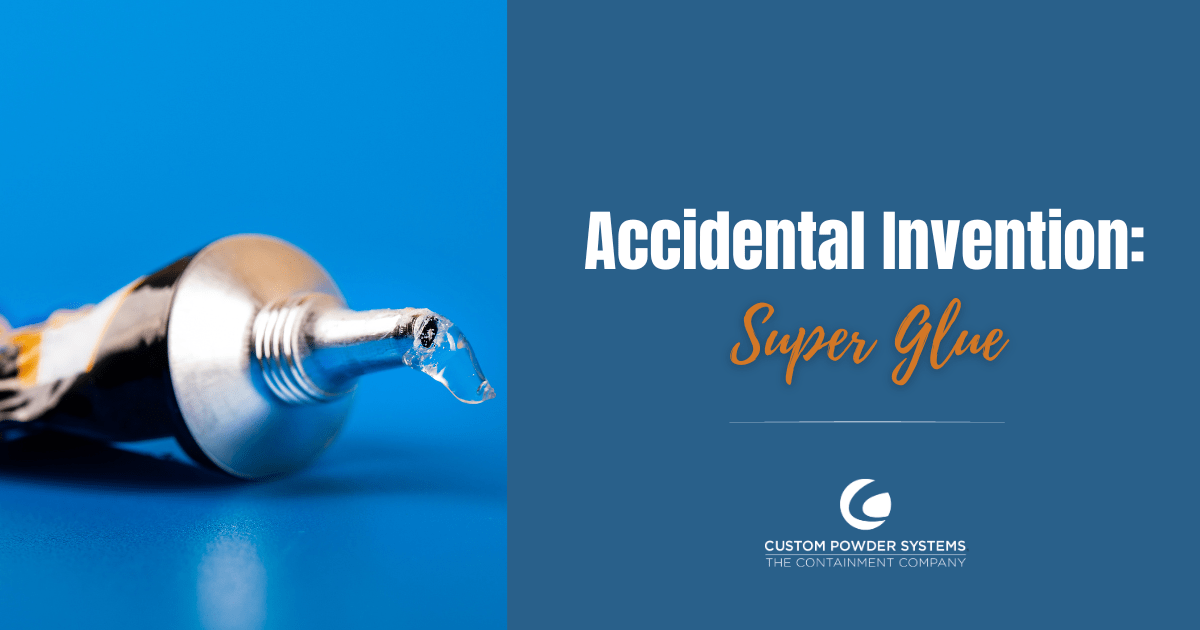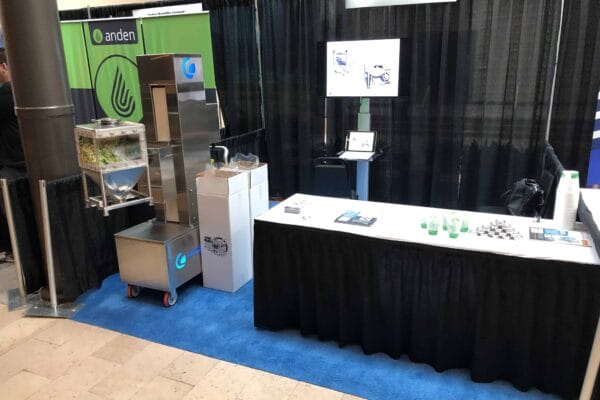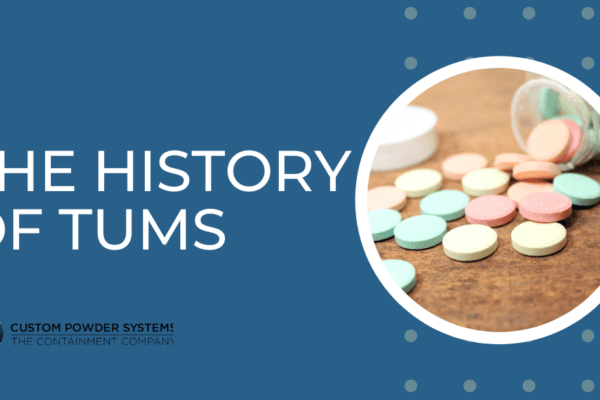Chances are, if you look in that drawer in your kitchen (you know, the “junk” one), there’s a good chance you’ll find a tube of super glue. While it has become an extremely valuable tool for a variety of uses, this seemingly magical adhesive was actually discovered by accident during WWII.
Super glue, that miraculous adhesive that seems to bond just about anything together, has an intriguing origin story. Its invention resulted from accidental discovery during a quest for a new type of clear plastic, and although it wasn’t exactly what scientists set out to create, ideas for the substance still stuck around.
Sticking to It
In 1942, chemist Dr. Harry Coover attempted to develop a clear plastic for precision gun sights during World War II. While experimenting, Coover and his team stumbled upon a sticky substance called cyanoacrylates, which could bond surfaces rapidly and firmly. In fact, they were so effective it became a challenge to separate objects once they were stuck together.
While the team initially did not see a feasible use for cyanoacrylate, in 1951, when Coover was transferred to Eastman Kodak’s chemical plant to develop jet canopies, he revisited the powerful adhesives and transformed it into the commercial product we now know as super glue. The name itself emerged from the product’s exceptional adhesive capabilities. It was initially marketed as “Eastman 910” but eventually gained the name “super glue” due to its extraordinary strength and reliability.
A Super Useful Tool
Super glue’s chemical composition is such that it polymerizes quickly upon contact with moisture. This means that when applied to a surface, it rapidly forms strong bonds by reacting with the moisture present in the air or on the materials being glued together without the need for added heat or pressure. The substance is so strong, in fact, that in 2011, Loctite used just nine drops of their product to lift a car weighing over five tons!
The original formulation was a clear, liquid adhesive, but advancements led to additional variations, such as gel formulations, which provide better control and reduce run-off. Over the years, additional variations of super glue have been developed to cater to specific needs, including flexible versions for materials that require some degree of movement, high-temperature resistant types, and even water-resistant versions for applications in wet environments. It has found a place in various industries, including manufacturing, construction, and aerospace.
Glue it Yourself (GIY)
While quick around-the-house repairs are some of the most common uses for super glue, the adhesive can be effectively used in a wide variety of applications:
- Arts and Crafts – Super glue has become a go-to adhesive for hobbyists, DIY enthusiasts, and artisans due to its ability to securely bond materials such as wood, plastic, metal, and fabric.
- Automotive – When building and repairing cars, super glue is often more effective, lightweight, and aesthetically appealing than traditional fasteners, making it ideal for transmission hose assembly, door weather stripping, and sunroof seals.
- Forensics – At crime scenes, investigators can utilize super glue to document latent fingerprints by allowing the adhesive to draw out trace amounts of moisture left behind, which “blooms” to create a visible print.
- Medical Care – In emergency situations, super glue can be used to close small wounds or lacerations when traditional stitching is not immediately available, providing a temporary solution until proper medical care can be administered.
- Survival – Not only can super glue be a valuable tool for medical emergencies, but it can also be used to start fires, create water seals, as well as patch tents, fabrics, and cords, making it an essential on the pack list for wilderness adventures.
From an accidental discovery to an adhesive marvel, super glue’s strength, versatility, and ease of use have made it a staple for strong fixes of all kinds… Just be careful not to get your hands stuck together!
If you enjoyed this accidental invention story, you might also like the ones about Post-it® Notes, Silly Putty, and Penicillin.
To learn more about Custom Powder Systems and the art of engineering, sign up for our newsletter.







